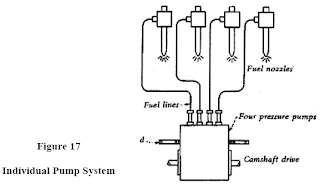Properties of Natural Gas
Natural gas is a fossil fuel that has methane gas as primary component. It is derived from organic material was deposited or buried under the earth, for millions of years. It contains heavier gaseous hydrocarbons such as ethane, propane and butane, and sulfur-containing gases. Natural gas has certain properties that allow their use for industrial or domestic. For example, it contains toxic ingredients that when inhaled is absorbed into the blood.
Natural gas is tasteless, colorless, and when mixed with the appropriate volume of air and ignited, burns with a clean blue flame. It is considered one of the cleanest burning fuels, producing primarily heat, carbon dioxide and water vapor. Natural gas is odorless and before it is distributed to end users, is adding odorized thiols, which also helps in detecting any leak. Natural gas is lighter than air and tends to disperse in the atmosphere. In a state confined within a house, gas concentrations can reach explosive mixtures and ignite, causing great danger to life and property.
Natural gas has a characteristic peculiar to light only when a gas-air mixture and the percentage of natural gas is between 5 and 15 percent. A mixture containing less than 5 percent or more than 15 percent of natural gas do not light. Natural gas contains small amounts of nitrogen, oxygen, carbon dioxide, sulfur compounds and water. Liquefaction is a process involving cooling and condensing natural gas to remove constituents other than methane and carbon dioxide and sulfur. Leads to the formation of a high purity, clean-burning product that is efficient to transport and store.
Natural gas is the cleanest available fossil fuel leading to a cleaner environment. In places dominated by polluting energy sources, natural gas helps improve air quality and water. Natural gas is burned to produce no harmful air pollutants and is a highly reliable fuel for cooking.



Comments